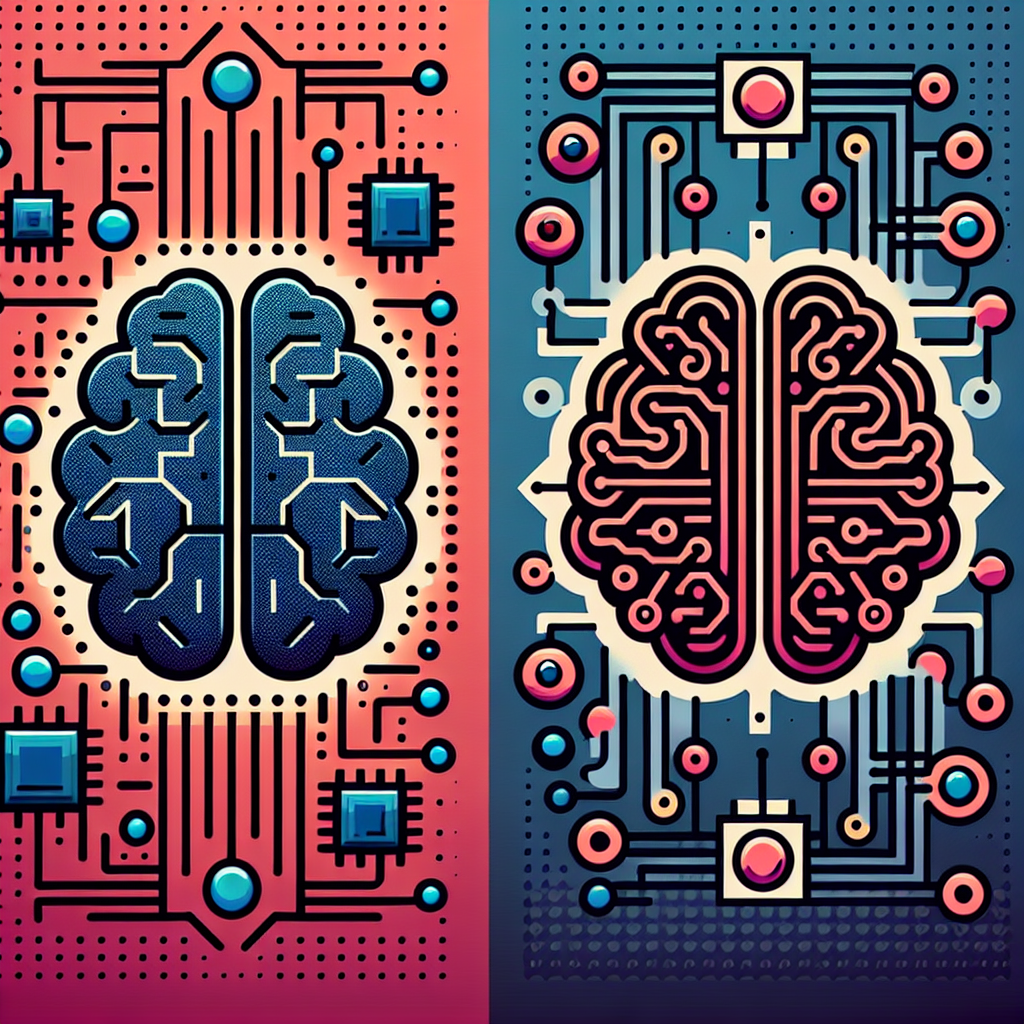Artificial intelligence (AI) and machine learning are two terms that are often used interchangeably, leading to confusion about their differences and similarities. While both technologies are related and often used in conjunction with one another, they are not the same thing. In this article, we will explore the differences between AI and machine learning, as well as discuss which technology is more advanced.
AI vs. Machine Learning: What’s the Difference?
Artificial intelligence is a broad field of computer science that focuses on creating machines that can perform tasks that typically require human intelligence. These tasks can include things like speech recognition, decision-making, visual perception, and language translation. AI systems are designed to mimic human cognitive functions and learn from experience.
Machine learning, on the other hand, is a subset of AI that focuses on developing algorithms that allow machines to learn from and make predictions or decisions based on data. Machine learning algorithms use statistical techniques to enable computers to improve their performance on a specific task without being explicitly programmed.
In essence, AI is the broader concept of machines being able to carry out tasks in a way that we would consider “smart,” while machine learning is a specific subset of AI that enables machines to learn from data.
Which is More Advanced: AI or Machine Learning?
When it comes to determining which technology is more advanced, it is important to consider the capabilities and limitations of each. AI, as a broader field, encompasses a wide range of technologies and applications, including machine learning. AI systems can be designed to perform complex tasks that require reasoning, planning, perception, and decision-making, among other things.
Machine learning, on the other hand, is more focused on developing algorithms that can learn from data and make predictions or decisions based on that data. While machine learning has made significant advancements in recent years, particularly in areas like image recognition, natural language processing, and autonomous driving, it is still limited in its ability to generalize beyond the data it has been trained on.
In terms of advancement, AI can be seen as more advanced than machine learning, as it encompasses a wider range of technologies and capabilities. AI systems can be designed to perform a variety of tasks that require human-like intelligence, while machine learning is more focused on specific tasks that can be improved through data-driven algorithms.
However, it is important to note that machine learning is a critical component of AI and has played a key role in advancing the field. Machine learning algorithms are used in a wide range of AI applications, from recommendation systems to autonomous vehicles, and have enabled AI systems to learn from data and improve their performance over time.
Ultimately, the advancement of AI and machine learning is intertwined, with both technologies playing a crucial role in driving innovation and progress in the field of artificial intelligence.
FAQs:
Q: What are some examples of AI applications?
A: Some examples of AI applications include virtual assistants like Siri and Alexa, autonomous vehicles, facial recognition technology, recommendation systems like those used by Netflix and Amazon, and medical diagnosis systems.
Q: How does machine learning work?
A: Machine learning works by training algorithms on data to enable them to make predictions or decisions based on that data. The algorithms learn patterns and relationships in the data and use that information to improve their performance on a specific task.
Q: What are some limitations of machine learning?
A: Some limitations of machine learning include the need for large amounts of labeled data for training, the potential for bias in the data used to train the algorithms, and the difficulty of generalizing beyond the data the algorithms have been trained on.
Q: Will AI replace humans in the workforce?
A: While AI has the potential to automate certain tasks and jobs, it is unlikely to completely replace humans in the workforce. AI systems are best suited to tasks that are repetitive, data-driven, and require high levels of accuracy, while humans excel at tasks that require creativity, critical thinking, and emotional intelligence.
In conclusion, both AI and machine learning are important technologies that have advanced significantly in recent years. While AI is a broader field that encompasses a wide range of technologies and applications, machine learning is a specific subset of AI that focuses on developing algorithms that can learn from data. Ultimately, both technologies play a crucial role in driving innovation and progress in the field of artificial intelligence.

